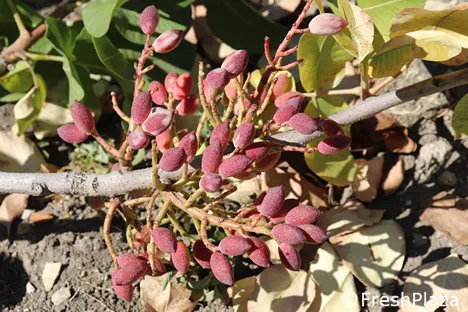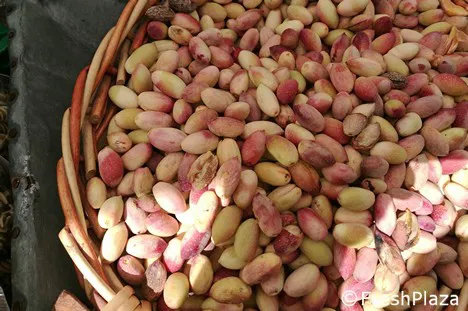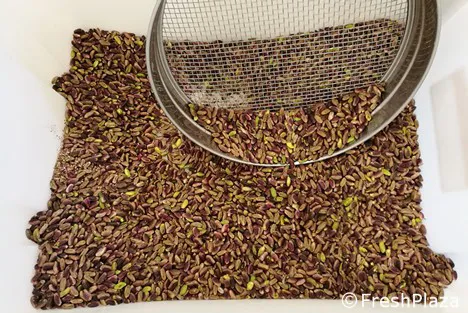Italy produces in total around 300 thousand tons of nuts a year. Walnuts and hazelnuts can be found all along the peninsula, while almonds and pistachios are typical of southern regions such as Puglia, Calabria and Sicily. Although groves have increased over the years, Italy still imports a lot of foreign produce as the domestic production does not always meet demand.
 Giancarlo Polizzi
Giancarlo Polizzi
"Istat data from 2017 reveals that pistachio groves in Italy do not exceed 4,000 hectares, producing just under 4 thousand tons, almost entirely in Sicily," explains Giancarlo Polizzi, professor from the Di3A Department at the University of Catania. But who are the main competitors and how many pistachios do they produce in a year?

"Based on the Inc-International Nut and Dried Fruit Council Foundation data published in 2017 and referring to 2015/16, the global production of nuts is 4.2 million tons (+11% on 2014/2015). The leading product is almonds with 1.18 million tons, followed by walnuts with 854 thousand tons and pistachios with 762 thousand tons. The US are the leading producer with a share of 42%, followed at a distance by China with 10%, Turkey with 10%, Iran with 6% and India with 4%."

Organic productions are increasingly popular. As for Sicily, the professor reports that "organic production is growing, as consumers are increasingly careful about the quality of what they eat and about their health. The consumption of nuts has followed this trend too over the past few years and, in fact, it has increased significantly thanks to the awareness that nuts are good for us."
Over the past 10 years, the consumption of nuts has doubled in Italy, reaching 3 kg/head. "Consumers are more aware and realize that Sicilian nuts are healthy and free from the aflatoxins found in the products from other continents. This means Sicily must increase its bargaining power and this is why land that had previously been abandoned has recently been reconverted into nut groves."

Thinking about a "Sicily" brand
Does it make sense to focus on niche products such as PDO pistachios from Bronte or Raffadali, considering the limited quantities produced? What if a Sicilian brand existed to gather all of the island's productions and make them more competitive on the international market? Polizzi provides a rather interesting point of view: "High-quality brands meet the need for food safety of consumers as well as the need to have an economic advantage of operators. A fragmented supply does not have the contractual strength that could be obtained with a more efficient produce reorganization. Rather than a Sicilian brand, it is essential to make choices to promote the entire nut chain from both a structural and commercial point of view, while maintaining the individualities of the single territories."
"It is necessary for all operators to be equipped with structures suitable for harvesting, storage and commercialization according to differentiated quality parameters that meet the various requests. The adoption of increasingly eco-compatible techniques during the various production phases definitely constitutes an added value. Projects and agreements within the chain are of fundamental importance when it comes to this."
For further information:
Prof. Giancarlo Polizzi
gpolizzi@unict.it
